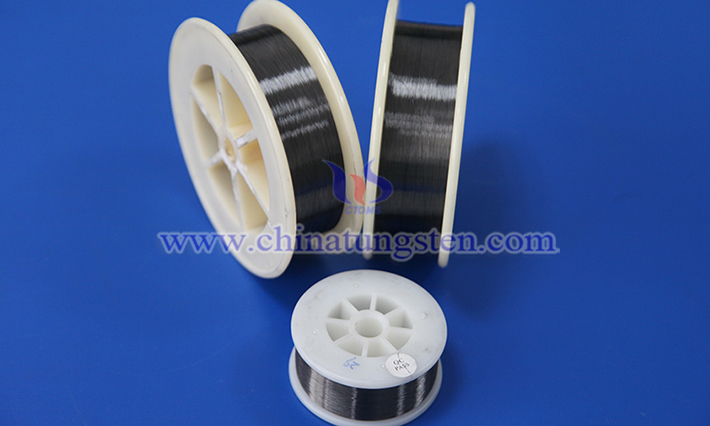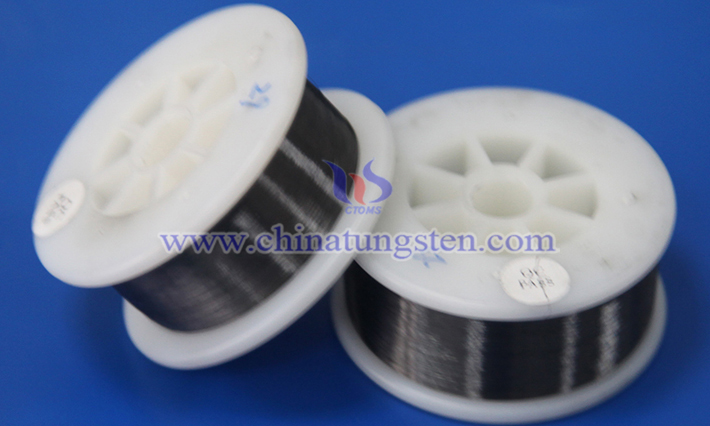Importance of Cut-Resistant Tungsten Wire in Machining
- Details
- Category: Tungsten Information
- Published on Tuesday, 08 April 2025 19:32
Tungsten wire plays a critical role in machining due to its unique properties, making it the material of choice for high-precision and challenging tasks. Below is a detailed analysis of its importance:
1. Exceptional Physical Properties
High Melting Point and Heat Resistance: With a melting point of 3,422°C, tungsten remains stable in high-temperature environments like electrical discharge machining (EDM), preventing thermal deformation and ensuring machining accuracy.
High Strength and Wear Resistance: The hardness and tensile strength of tungsten wire significantly reduce wear and breakage risks, extending tool life. This is particularly evident when cutting hard materials such as cemented carbide or titanium alloys.

2. Core Material for Precision Machining
Wire Electrical Discharge Machining (WEDM): As an electrode wire, tungsten’s uniform diameter and mechanical stability ensure micron-level precision in manufacturing complex molds, aerospace components, and other intricate parts.
Micro-Machining Applications: Ultra-fine tungsten wire (as thin as 0.01 mm) is used for ultra-precision cutting in semiconductors and optical devices, meeting demands for micron- or even nanoscale accuracy.
3. Improved Efficiency and Cost Reduction
Reduced Downtime: High-strength tungsten wire resists breakage during high-speed machining, lowering replacement frequency and boosting equipment uptime.
Economic Benefits: Although initial costs are higher, its long lifespan and low maintenance needs reduce overall costs, especially in mass production scenarios.

4. Adaptability to Harsh Environments
High-Temperature and Corrosive Conditions: Tungsten exhibits excellent corrosion resistance to acids and alkalis at room temperature. When combined with coatings (e.g., zinc or copper plating), it adapts to even tougher conditions.
High-Tension Machining: Its strength supports greater tension control, enhancing cutting speed and surface finish, making it ideal for precision molds and medical device manufacturing.
5. Technological Innovation and Industry Applications
Composite Material Reinforcement: Added as a strengthening phase in composites, tungsten enhances the wear resistance and lifespan of tools or components.
Emerging Fields: In cutting-edge areas like 3D printing and microelectromechanical systems (MEMS), tungsten wire enables precision structure formation, driving technological advancements.
6. Advantages Over Other Materials
Compared to molybdenum wire, tungsten wire’s higher melting point suits more demanding high-temperature processes. While less conductive than copper wire, its superior wear resistance reduces electrode loss significantly.
- Chinatungsten Online: www.tungsten.com.cn
- CTIA GROUP LTD: en.ctia.group
- Tungsten News & Price: www.ctia.com.cn
- Molybdenum News & Price: news.molybdenum.com.cn
- Tel.: 86 592 5129696; Email: sales@chinatungsten.com